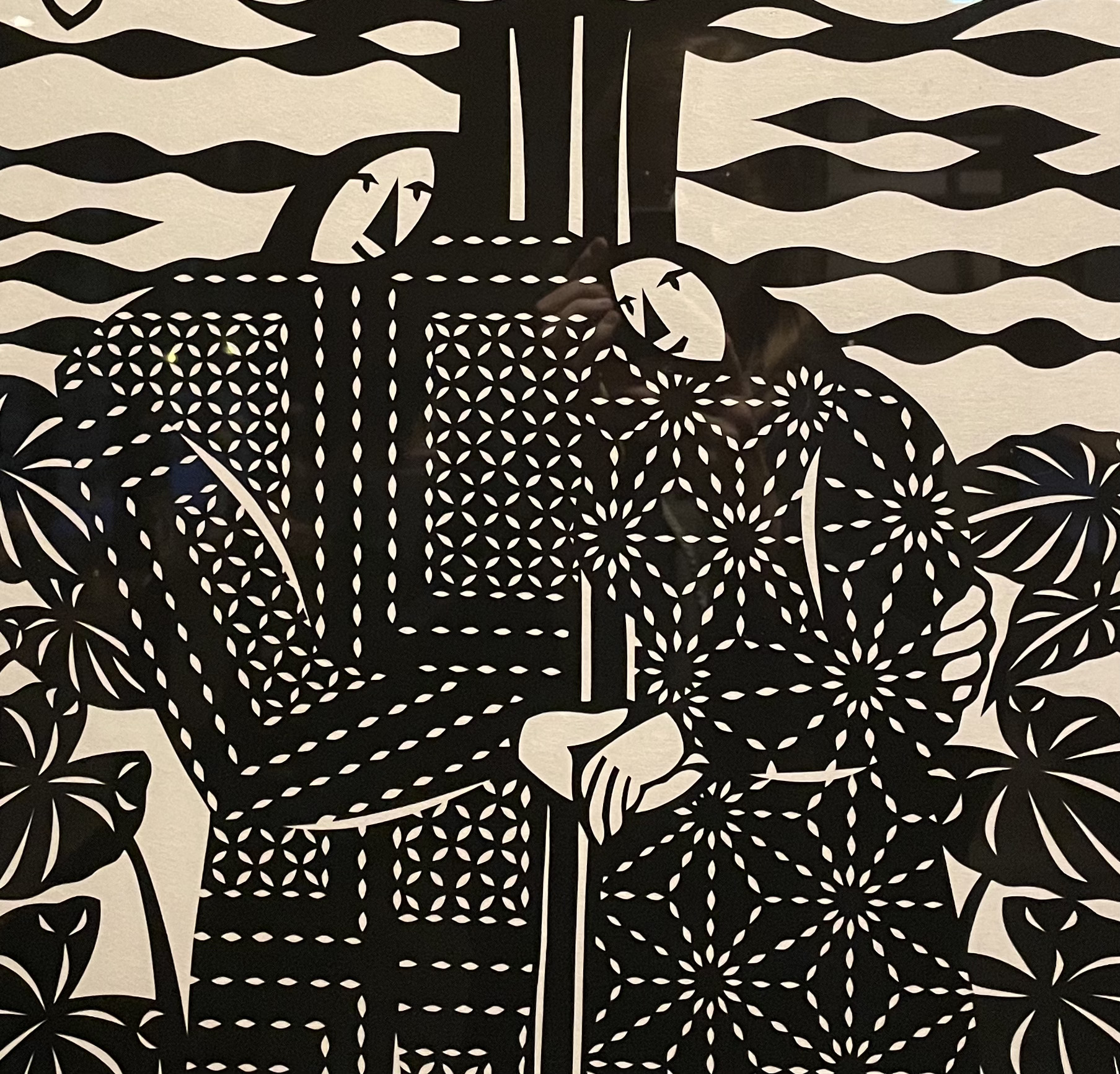Warabe uta is a distinct type of Japanese vocal storytelling that is considered a part of Japanese vocal culture. Although it is often classified as a children’s song or similar to nursery rhymes, its origins date back to a time when adults would sing these songs to children, who would then dance or move along to the repetitive rhythm. This may have contributed to its association with bedtime songs. While some scholars consider it to be a lullaby or part of Japanese folklore, it is primarily a unique form of vocal storytelling that is beloved by many in Japan. The repetitive nature of the songs made them well-suited for lullabies and bedtime songs, which may be why many scholars have classified them as children’s songs.
The contents of Warabeuta song, on the other hand, seems to be for a more mature audience. Take tōryanse for example, a representative of its genre.
Let me pass, let me pass
What is this narrow pathway here?
It’s the narrow pathway of the Tenjin shrine
Please allow me to pass through
Those without good reason shall not pass
To celebrate this child’s 7th birthday
I’ve come to dedicate my offering
Going in will be fine, fine, but returning will be scary
It’s scary but
Let me pass, let me pass
In my opinion, warabe uta is a significant representation of the image of a child in Japanese culture through its vocal expression. This sentiment is reflected in the writings of Izumi Kyōka (Izumi Kyōtarō – real name), the author of the renowned Kusa meikyū (Grass Labyrinth), who refers to warabe uta in his diaries. The song is said to evoke feelings of nostalgia and melancholy, and Kyōka uses it as a device to create a picture of a childhood that has long since passed. Therefore, warabe uta serves as a medium to convey the essence of the Japanese cultural perception of childhood.
